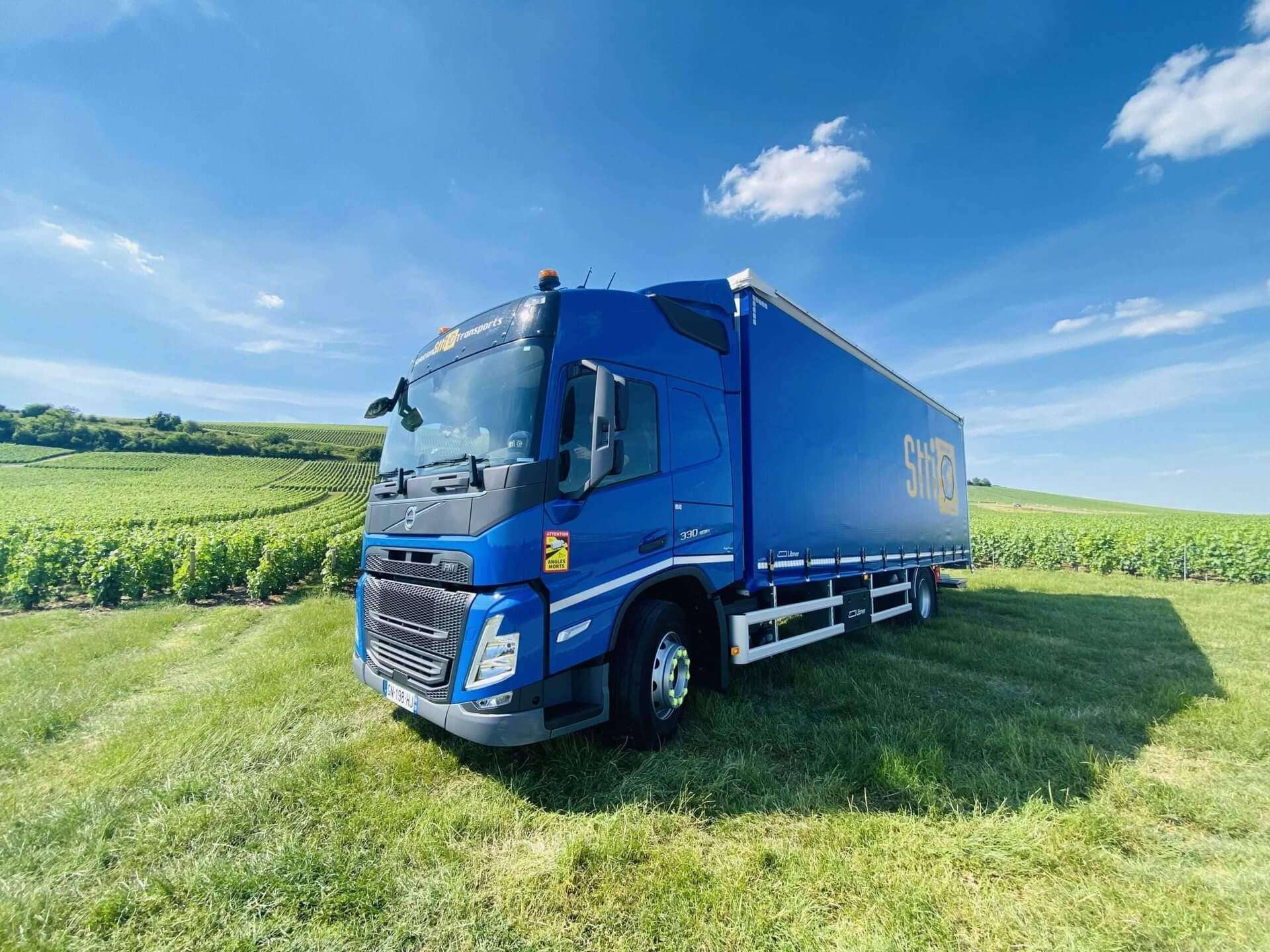Rigid trucks are versatile and can carry a wide variety of goods. This flexibility comes from the many body types that can be mounted to the chassis, each suited for specific needs.
Food products
Rigid trucks with refrigerated bodies are essential for transporting raw materials, meat, and perishables.
They maintain a controlled temperature to preserve freshness while meeting strict health standards.
Chemical and liquid products
Transporting chemical reagents and liquids requires special tanks made from corrosion-resistant materials.
These trucks are fitted with safety systems to prevent leaks and ensure secure transport of hazardous materials.
Construction materials
Rigid trucks carry heavy and bulky materials like wooden pallets, stones, and tools.
Often equipped with dumpers or flatbeds, they’re essential for job site deliveries.
Moving
Moving trucks have large, secure compartments to transport furniture and personal belongings.
With tail lifts and special suspension, they make loading/unloading easier while minimizing damage.
Sand and waste
Rigid trucks with dump bodies transport bulk materials like sand or industrial waste.
These robust dumpers are used in construction and waste management for effective site deliveries.
Other additional uses
-
Vehicle transport: Equipped with ramps to carry cars and utility vehicles.
-
Emergency services: Converted into fire or recovery vehicles for rapid intervention.
-
Animal transport: With ventilated and secure compartments for animal welfare on long journeys.
Additional equipment
Rigid trucks often include tools to improve handling:
-
Crane: Installed at the front or rear, helps load and unload cargo.
-
Tail lift: Acts as a lifting platform for heavy goods — saves time and avoids docking, ideal for heavy loads.





